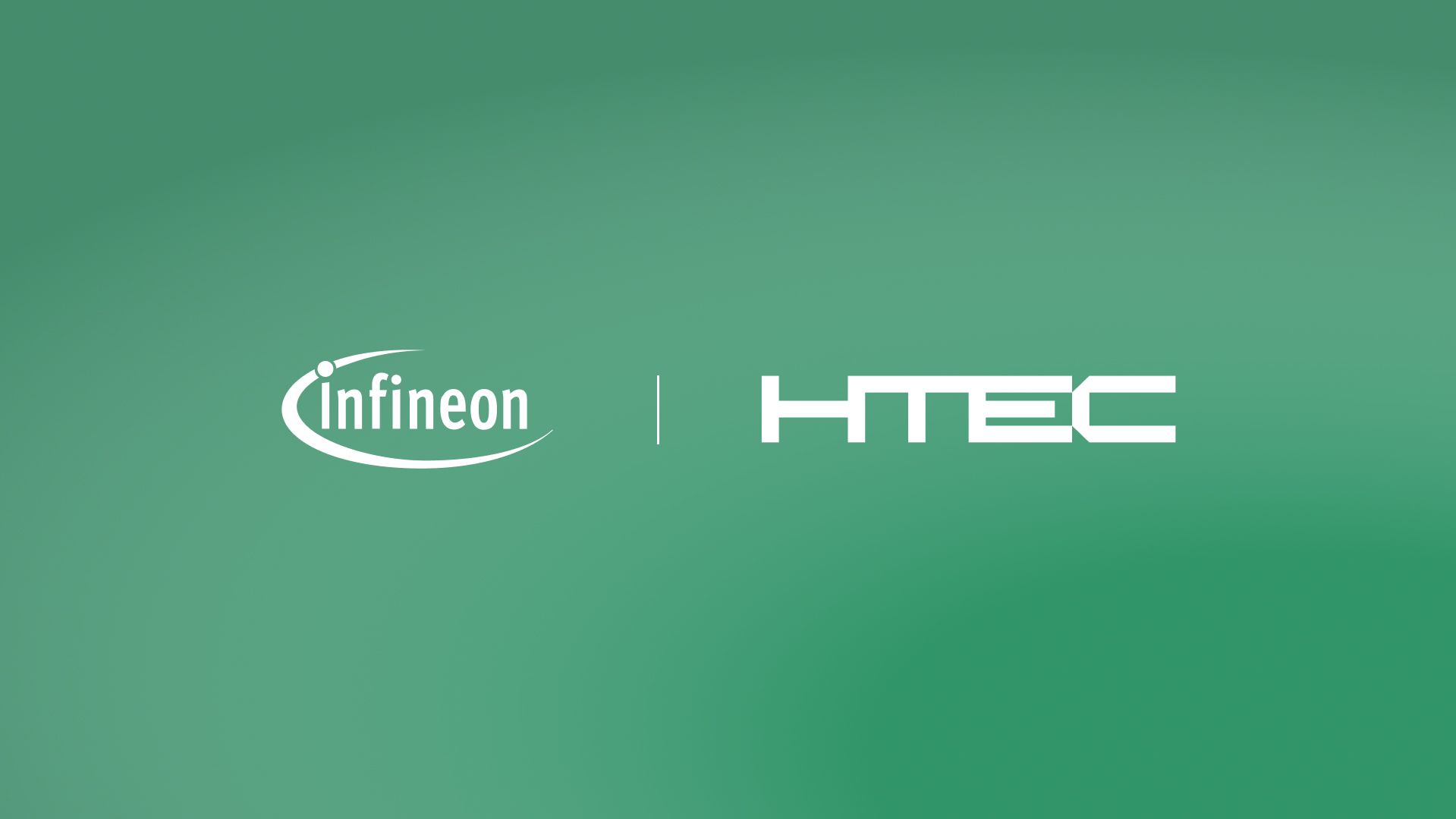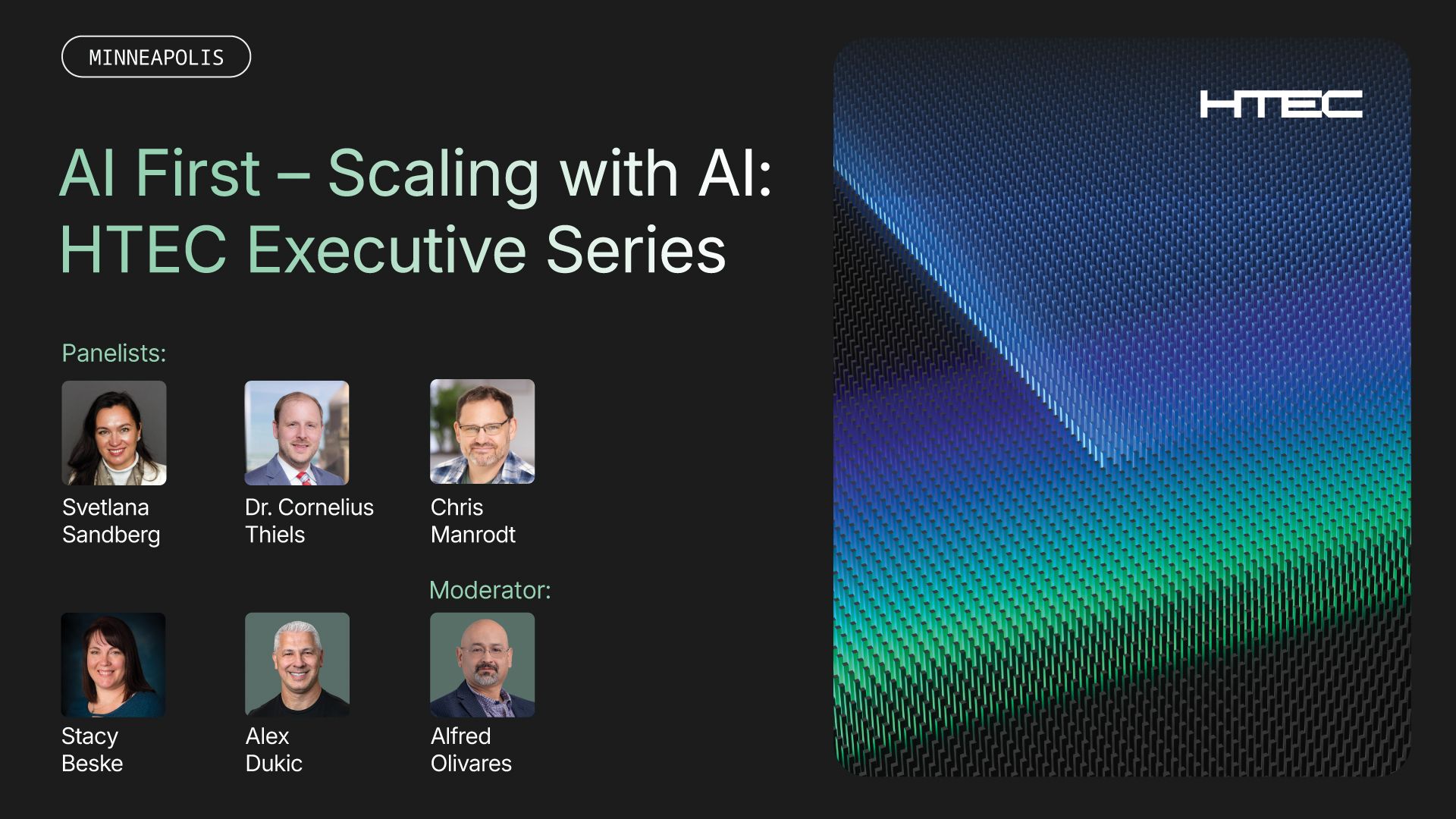The “IoT lab” is currently disrupting lab environments. The integration of smart devices into labs via IoT (Internet of Things) has increased the efficiency of lab processes and will eventually fully replace outdated lab systems and workflows.
But what exactly is an IoT lab? Essentially, it’s a smart lab (which is a practice platform for testing mobile technologies) that uses IoT technologies to improve the efficiency of lab scientists, thus creating room for further innovation.
Although the IoT lab is yet to reach its full potential given that certain security pitfalls still require solutions, traditional technology labs simply can’t ignore this trend. With an increasing number of equipment manufacturers implementing IoT into their instruments, pivoting toward the smart lab is already the norm.
Applying IoT in laboratories
The goal of an IoT lab is to improve interconnectivity, interoperability, and data collection and analysis. IoT-based lab devices can glean data and provide fast connectivity to supports numerous applications within a smart lab, including:
- Continuous monitoring of controlled laboratory environment, instruments, server rooms, reagent areas
- Automated inventory management
- Automated data collection and recording
- Streamlined workflows induced by highly connected laboratory devices
- Improved and predictive equipment maintenance
- Compliance with operational and regulatory guidelines
- Maximized utilization of lab equipment
- Optimized lab processes and decreased potential for human error
- Active monitoring of chemical/reagent inventories and automated reordering
- Safety tracking and remote communication with employees
- Monitoring sample temperatures
Let’s go over some of these IoT lab applications in more detail.
Automated data recording and improved analyses
Traditional labs are often prone to human error. Much of the valuable lab information and know-how get lost in an analog environment due to insufficient automation levels, creating workflow bottlenecks that can potentially ruin an entire project.
Within an IoT lab, however, automated data recording processes allow researchers to have a clear overview of both granular data and the progress of entire projects. When data is collected automatically via centralized repositories, your IoT lab allows scientists to improve the speed and efficiency of data analysis and gain advanced insights on the following:
- Which instruments are collecting which results
- Where are the potential workflow bottlenecks
- What are the potential issues with results (smart labs allow you to detect flawed data more easily, and therefore resolve issues quickly)
- How to minimize unnecessary costs through the help of applications that can predict results and/or issues
- How to produce desired outcomes with minimal human interaction with the help of AI, machine learning and IoT
Automated inventory tracking
One of the drawbacks of traditional labs is inventory issues. Insufficient or flawed supplies obstruct experiments, resulting in repeated efforts that are costly and become a burden on the lab staff. Not to mention that keeping track of the inventory manually is inefficient and susceptible to human error.
IoT labs prevent these issues by providing inventory overviews and active supply tracking. Researchers can then get timely notifications when supplies are running low. IoT labs also automate stock replenishment and keep digital records, thus allowing researchers to always have a bird’s eye view of their inventory.
Predictive equipment maintenance
Research labs contain various devices and equipment that require regular maintenance and servicing. Manual maintenance is costly and inefficient because not all pieces of equipment have the same wear-and-tear levels and maintenance needs.
IoT labs give staff valuable insights into the condition of their equipment. In an IoT lab, staff can more easily track the most frequently used devices and optimize maintenance, so the entire process is cost-effective, and the machines are less likely to give out unexpectedly. IoT sensors allow you to continuously collect valuable data about lab equipment performance to spot in advance which devices will need repair.
Equipment and lab management
Scientists using traditional labs — even with all the LabTech advancement and new techniques — still struggle with inefficient lab management strategies. In traditional labs, equipment is under-utilized and frequently misplaced.
An IoT-based smart lab, on the other hand, streamlines lab management so that all equipment can be easily located, tracked, and monitored. This improved equipment utilization reduces waste and saves money.
IoT labs fuel scientific development
IoT labs provide real-time data analysis that’s necessary for long-term scientific success. This type of lab automation is transforming the way scientists conduct research, tackle process development, and perform manufacturing.
With more efficient ways of gleaning data, scientists get notifications about events in real-time, allowing them to perform a wider range of data analysis to bridge gaps in productivity, predict future issues, and solve problems beyond the original intent. With a centralized interface and interconnected devices, as well as help from AI and ML technology, scientists are capable of externally controlling the entire ecosystem of devices and streamlining experiments.
Another way in which the IoT lab fuels scientific development is the minimization (or complete removal) of human intervention for basic laboratory tasks. Because almost all data is stored in the cloud, it’s always easy to access scientific research, giving researchers more time and flexibility to improve how they conduct experiments.
Want to learn more about how HTEC’s technology expertise can transform your business? Explore our Technical Strategy and Software & HiTech capabilities.





